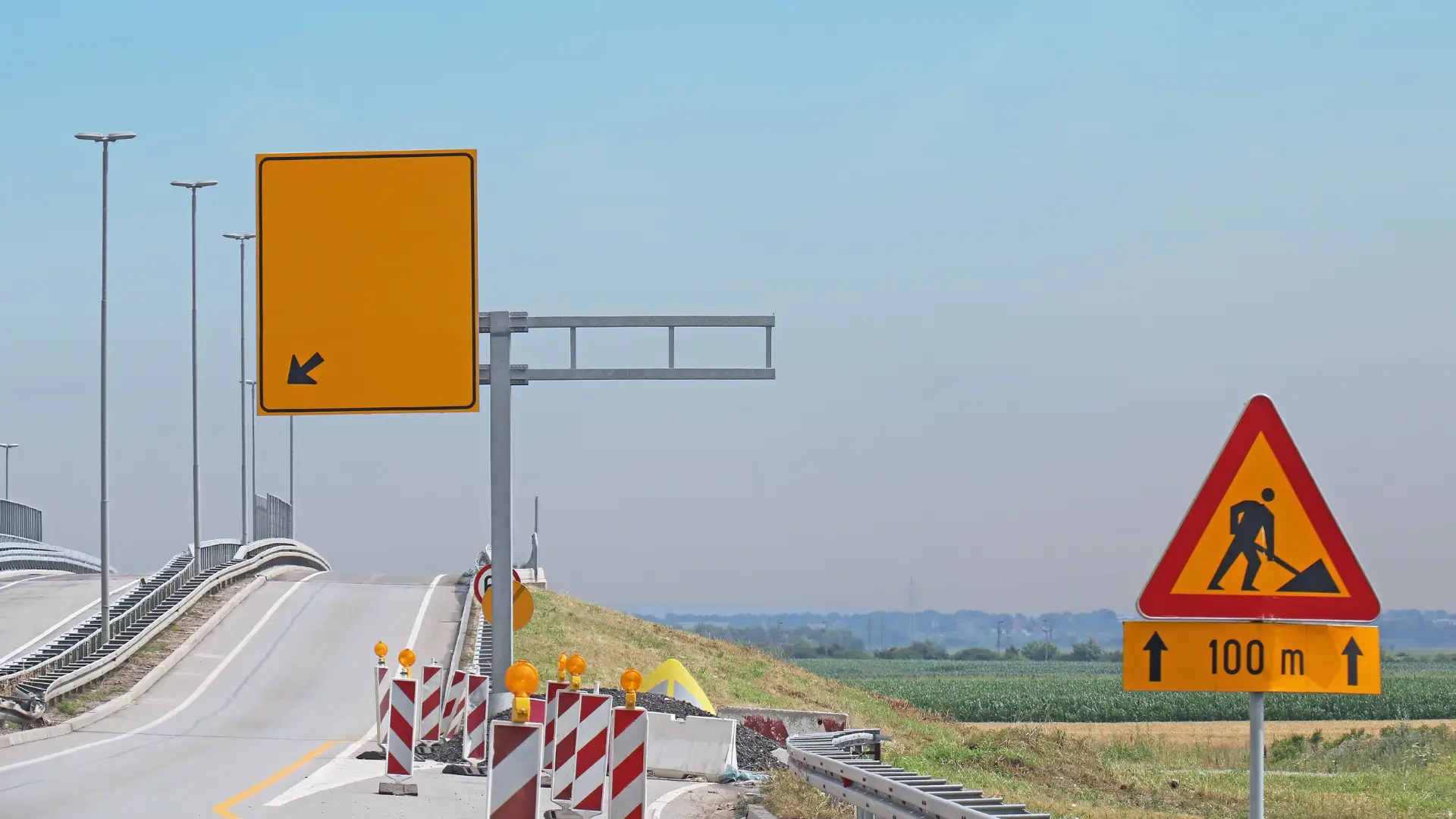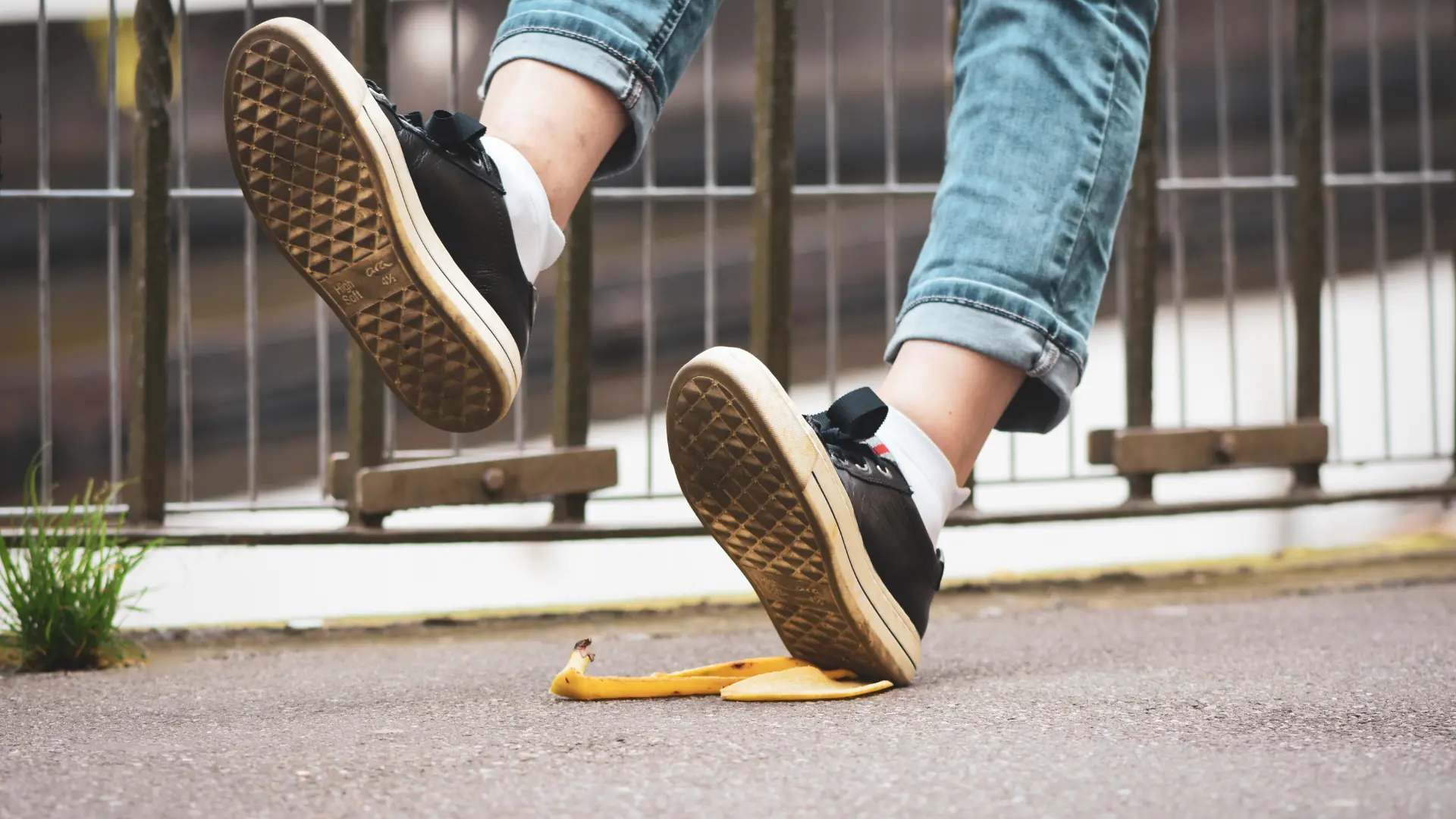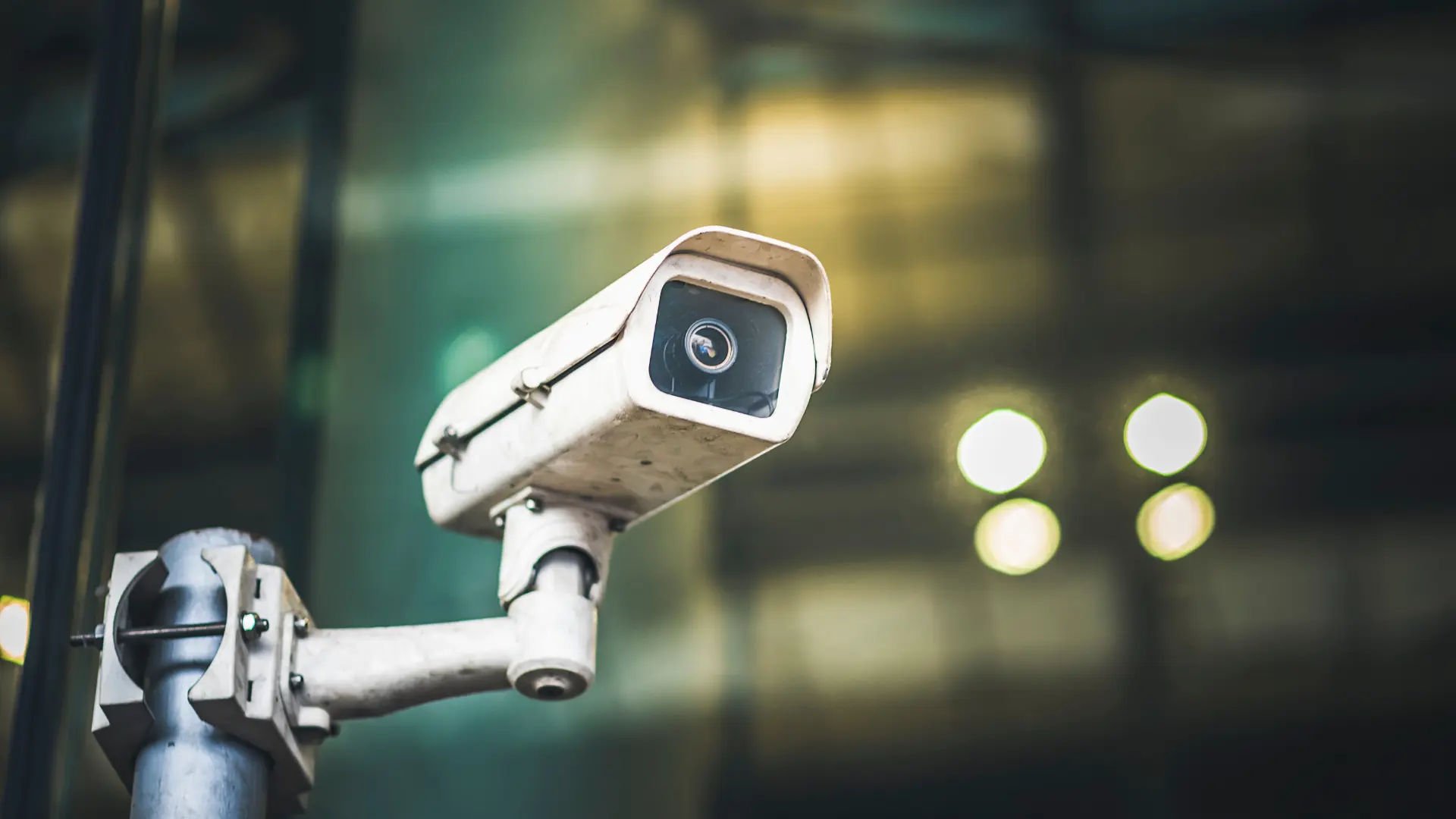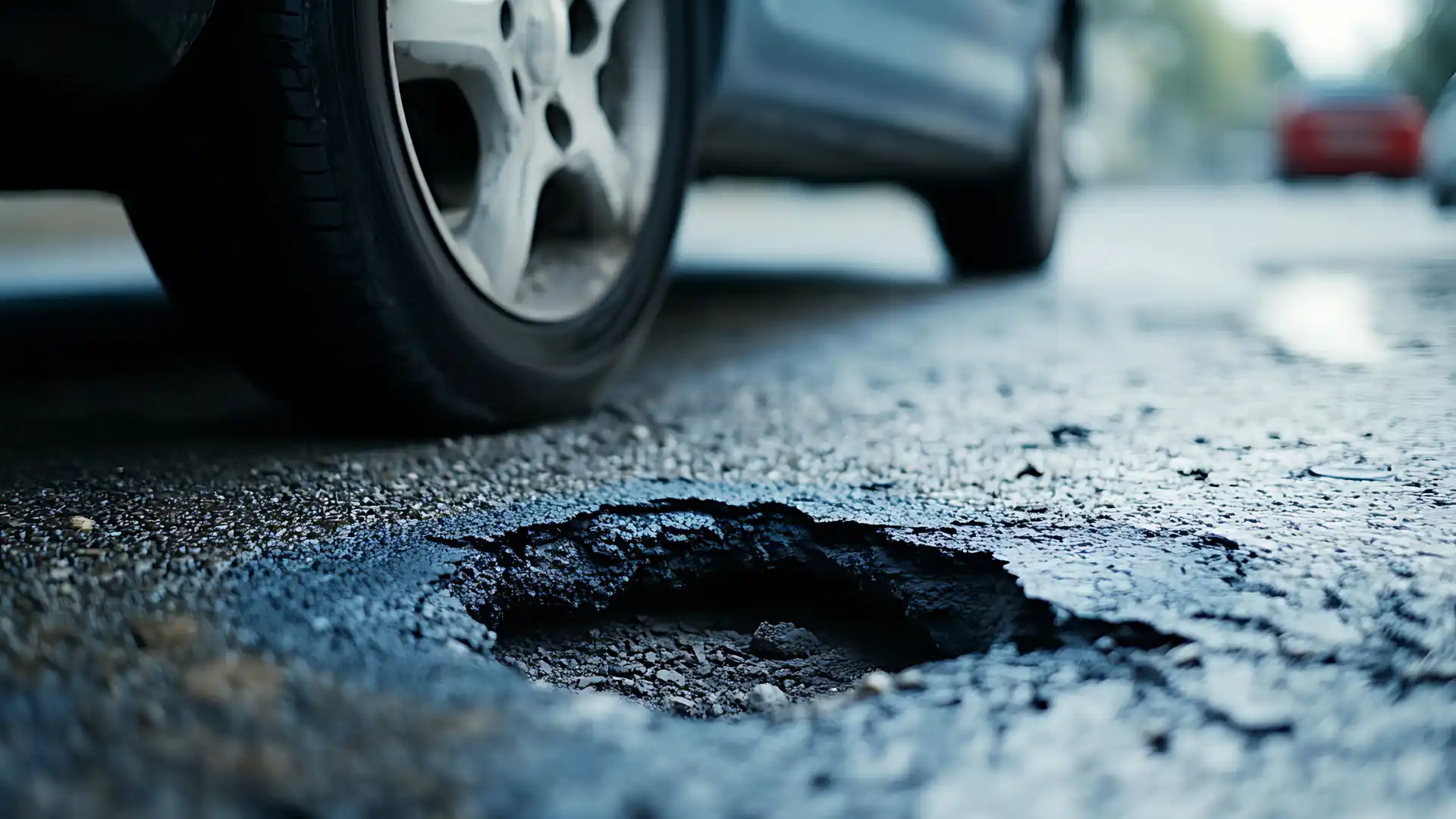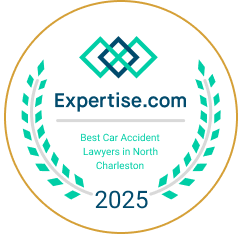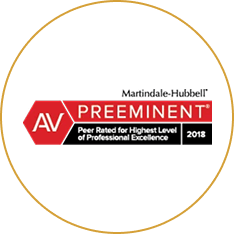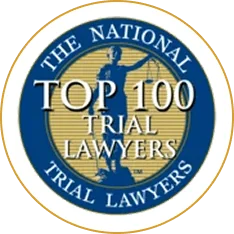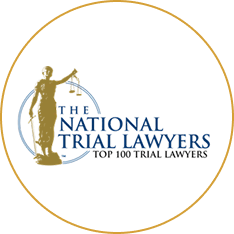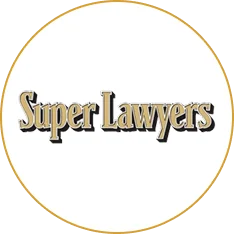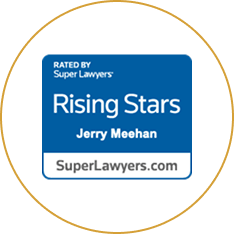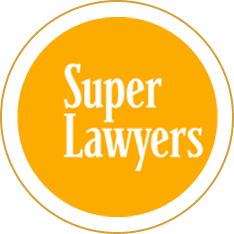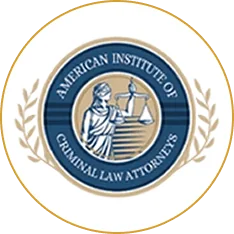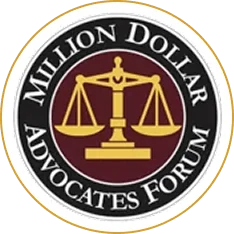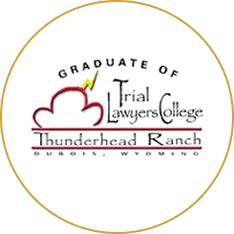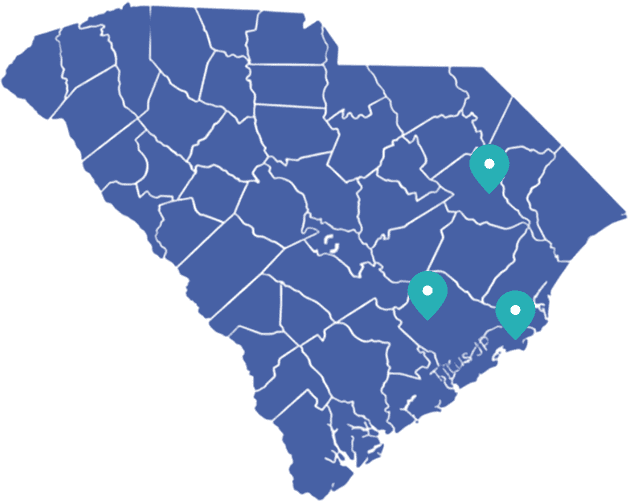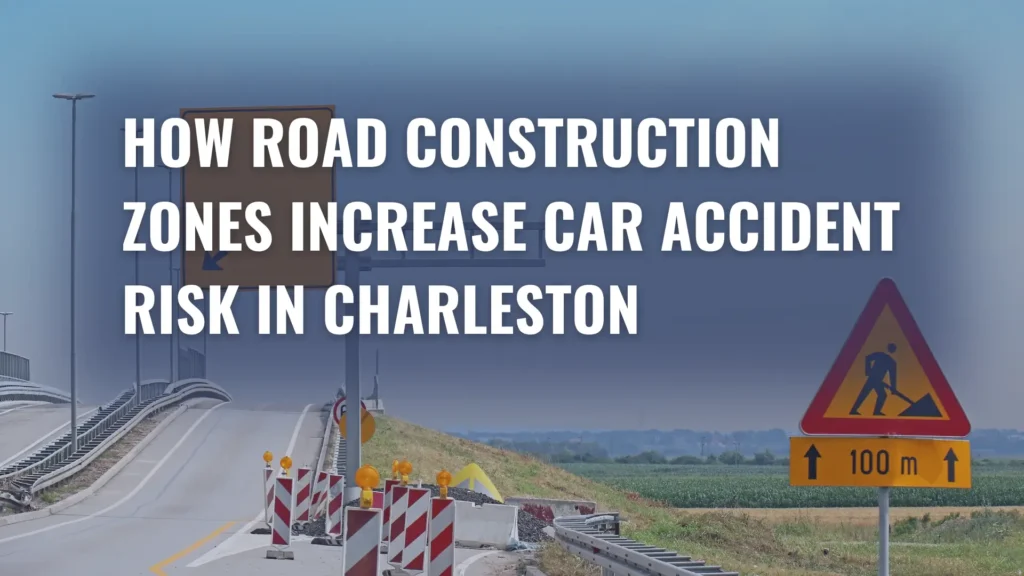
Construction zones are a permanent fixture on Charleston’s roadways. From the ongoing improvements to Interstate 26 to bridge repairs on SC 41, road construction projects are essential to maintaining South Carolina’s infrastructure. However, these areas can also become hotspots for construction zone car accidents, posing serious hazards to drivers and workers alike. Understanding why construction zones increase accident risk—and what to do if you’re injured in one—can help protect you and your family on Charleston’s roads.
Why Construction Zones Create Dangerous Driving Conditions
Construction zones fundamentally alter the driving environment in ways that increase accident risk. When drivers encounter a work zone, they face multiple simultaneous challenges that don’t exist on normal roadways.
Reduced visibility is one of the primary dangers. Construction equipment, barriers, and signage can obstruct sight lines. Lane reductions force drivers into narrower spaces, leaving less room for error. Sudden lane shifts require drivers to merge quickly, often with limited warning. Heavy equipment moves across roadways and creates unpredictable obstacles. Debris scattered on the pavement can cause vehicles to lose traction or suffer damage.
The statistics underscore the severity of these hazards. According to the National Highway Traffic Safety Administration (NHTSA) and the National Safety Council (NSC), approximately 891 to 898 people die annually in work zone-related crashes in the United States. This includes drivers, passengers, pedestrians, and workers. In 2023, 568 of these fatalities occurred specifically in construction zones. These aren’t minor fender-benders—they’re serious, often fatal collisions that devastate families and communities.
Common Causes of Construction Zone Accidents in Charleston
Construction zone accidents in Charleston typically result from driver behavior and environmental factors. Understanding these causes can help you avoid becoming a victim. If you’ve been injured in a construction accident, our team can help you understand your legal options.
Speeding through work zones remains one of the leading causes of construction zone accidents. Many drivers fail to reduce speed when entering reduced-speed zones. A driver traveling at 55 mph in a 35 mph work zone has significantly less time to react to hazards. This is particularly dangerous on major corridors like I-26. According to the Federal Highway Administration (FHWA), speeding in work zones is a primary factor in approximately 33% of work zone fatalities.
Distracted driving near construction equipment poses another serious risk. Drivers watch construction activity instead of focusing on the road and other vehicles. This momentary distraction can be fatal in a work zone where conditions change rapidly. Distracted driving is hazardous in construction zones where reaction time is critical.
Aggressive lane changes and tailgating are common in construction zones where lanes narrow and traffic backs up. Impatient drivers attempt risky maneuvers, cutting off other vehicles or following too closely. In a construction zone, these aggressive driving behaviors have nowhere to go—there’s no shoulder to escape to.
Driver confusion from unclear signage contributes to accidents when construction companies fail to provide adequate warning signs. Drivers who don’t understand lane configurations make sudden, dangerous decisions.
Inadequate warning signs or lighting create additional hazards, particularly during evening hours or poor weather. If a construction zone isn’t properly marked, drivers may not realize they’re entering a work area until it’s too late.
Equipment failures and debris on the roadway can cause vehicles to lose control. A piece of construction equipment left in a travel lane or debris from a previous accident can cause a driver to swerve into other traffic.
Charleston’s Most Problematic Construction Zones
Charleston and the surrounding Lowcountry have several ongoing construction projects that create elevated accident risk. Understanding which areas are most dangerous can help you plan safer routes.
Interstate 26 remains one of the most heavily traveled corridors in the Charleston area. Ongoing construction projects create frequent work zones. The I-26 corridor between Charleston and Summerville includes:
- Eagle Drive Bridge project (with westbound closures beginning October 2025)
- Palmetto Commerce Interchange project (expected completion early 2026)
SC 41 Wando River Bridge improvements have created significant traffic disruptions and accident risks through ongoing lane closures and traffic management. Our Summerville personal injury team has handled numerous cases involving accidents in these high-risk areas. If you’ve been injured on SC 41, we can help you pursue compensation.
SC 379 Ohear Avenue Bridge replacement represents another major construction project affecting traffic flow in the Charleston area. Bridge work typically requires significant lane reductions and often involves nighttime construction that creates additional visibility challenges.
These projects, while necessary for infrastructure maintenance, create temporary but serious hazards. Seasonal construction patterns mean that certain times of year bring increased work zone activity, particularly spring and fall when weather conditions are favorable for construction work.
Increased Accident Risk Factors in Work Zones
Beyond the basic hazards of construction zones, several specific factors increase accident risk in these areas.
Reduced speed limits create speed differential accidents. When a highway speed limit drops from 55 mph to 35 mph, drivers traveling at normal highway speeds suddenly find themselves in a zone where their speed is dangerous. Vehicles behind them may not brake in time, resulting in rear-end collisions. Understanding rear-end collision liability is crucial for protecting your rights.
Narrow lanes and lane shifts leave no margin for error. A driver who drifts slightly out of their lane on a normal highway might simply move back. In a construction zone with narrow lanes, that same drift could result in a collision with a vehicle in an adjacent lane.
Heavy equipment presence creates both direct hazards and indirect hazards. A vehicle struck by construction equipment faces direct danger. Drivers distracted by watching equipment or making sudden moves to avoid equipment face indirect danger.
Worker safety concerns create driver distraction. Seeing workers in or near the roadway causes drivers to focus on the workers rather than traffic flow. This reduces their awareness of other vehicles and hazards.
Poor weather conditions compound construction zone risks. Rain reduces visibility and traction. Fog makes it harder to see warning signs. High winds can affect vehicle control, particularly for larger vehicles. Construction zones offer no escape route when weather conditions deteriorate suddenly.
Time-of-day factors matter significantly. Rush hour construction creates congestion that increases accident risk. Nighttime construction reduces visibility despite lighting efforts. Early morning construction catches drivers who may not be fully alert.
Liability and Responsibility in Construction Zone Accidents
When a construction zone accident occurs, determining liability can be complex. Multiple parties may share responsibility.
Negligent drivers bear responsibility when their actions cause accidents. A driver who speeds through a work zone, fails to maintain a safe following distance, or drives while distracted is liable for injuries and damages they cause.
Construction companies can be held liable if they fail to maintain safe conditions, provide adequate warnings, or properly manage traffic flow. If construction equipment is left in a travel lane, if warning signs are inadequate or poorly positioned, or if traffic control is negligent, the construction company may be responsible.
The State (SCDOT) bears responsibility for ensuring that work zones are properly marked and maintained. If the state failed to install required warning signs, failed to maintain proper lighting, or failed to ensure adequate traffic control, the state may be liable.
Contractors working on behalf of the state or property owners can be held liable for their negligence in managing the work zone.
South Carolina’s Comparative Negligence Rules: Even if you were partially at fault for an accident, you can still recover damages—reduced by your percentage of fault. If you were 20% at fault and your damages total $100,000, you could recover $80,000. However, if you are found to be 51% or more at fault, you cannot recover any damages. This rule makes it important to have an attorney investigate your accident thoroughly, as the other party will likely try to assign you as much fault as possible. Learn more about comparative negligence in South Carolina.
Insurance coverage considerations are important. The at-fault driver’s insurance should cover damages. However, if the construction company or state is liable, additional insurance policies may apply. An attorney can identify all potential sources of recovery.
What to Do If You’re Injured in a Construction Zone Accident
If you’re injured in a construction zone accident, taking the right steps immediately after the collision can protect your rights and strengthen your case.
Call authorities immediately. Contact the police and request an accident report. The police report creates an official record of the accident, often including the officer’s fault assessment. If anyone is injured, request emergency medical services.
Document the scene. Take photographs of:
- Vehicle damage
- The construction zone layout
- Warning signs (or lack thereof)
- Weather conditions
- Any visible injuries
- The construction equipment involved (if applicable)
These photos provide crucial evidence that may not be available later. Learn more about how to take accident scene photos.
Gather witness information. Get names, phone numbers, and email addresses from anyone who witnessed the accident. Witness statements can be crucial in establishing what happened, particularly if liability is disputed. Our guide on questions to ask car accident witnesses provides detailed guidance.
Seek medical attention. Even if you feel fine, get evaluated by a medical professional. Some injuries, particularly head and neck injuries, may not be immediately apparent. Medical records create documentation of your injuries and establish a timeline.
Collect construction company information. Get the construction company’s name, the project manager’s name, and contact information, and any signage identifying the company. This information helps your attorney identify the responsible parties.
Report to your insurance company. Notify your insurance company of the accident, but do not admit fault or provide a recorded statement without consulting an attorney first. Learn more about dealing with insurance adjusters after a car accident.
Contact an attorney before settlement discussions. Insurance companies often contact injured parties quickly with settlement offers. These initial offers are typically far below the value of your claim. An attorney can evaluate your case, identify all liable parties, and negotiate for fair compensation.
How to Stay Safe Driving Through Construction Zones
While you cannot eliminate the risk of a construction zone accident entirely, you can take steps to reduce your risk of injury.
Reduce speed and maintain distance. Obey posted speed limit signs in construction zones. Maintain a following distance of at least three seconds behind the vehicle ahead of you—more in poor weather or heavy traffic. This extra distance gives you time to react if the vehicle ahead brakes suddenly.
Avoid distractions. Keep your eyes on the road, not on construction activity. Put your phone away. Don’t adjust the radio or climate controls while driving through a work zone. Your full attention is necessary to navigate safely. Distracted driving remains a leading cause of accidents in work zones.
Follow all signage and lane markings. Construction zones use signs and markings to guide traffic safely through the work area. Follow these directions exactly, even if they seem inefficient or confusing. Traffic engineers design construction zone traffic patterns to maximize safety.
Plan alternate routes when possible. If a construction project affects your regular route, research alternate routes in advance. Arriving a few minutes later is preferable to navigating an unfamiliar construction zone under time pressure.
Allow extra travel time. Construction zones cause traffic delays. Leave earlier than you usually would to avoid rushing through the work zone. Rushed driving leads to risky decisions.
Stay alert for equipment and workers. Watch for construction equipment moving across the roadway and for workers in or near traffic lanes. Anticipate that equipment or workers might move into your path unexpectedly.
Recovering Compensation for Construction Zone Accident Injuries
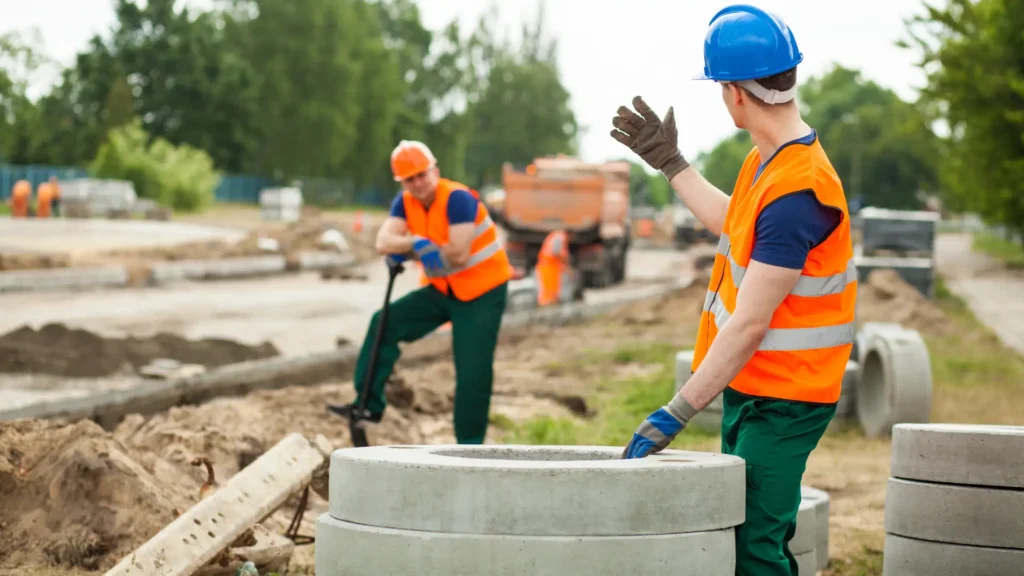
If you’re injured in a construction zone accident caused by someone else’s negligence, you can recover compensation for your injuries and losses.
Types of damages available include:
- Medical expenses (past and future)
- Lost wages
- Pain and suffering
- Property damage
- Compensation for reduced earning capacity (in cases of permanent disability)
- Wrongful death claims (if the accident resulted in death)
Medical expenses cover all treatment related to your injuries: emergency room care, hospitalization, surgery, physical therapy, medications, and ongoing medical care. Future medical expenses can also be recovered if your injuries require long-term treatment. Learn more about the best ways to track medical expenses.
Lost wages compensate you for income you lost while recovering from your injuries. If your injuries prevent you from returning to your previous job, you can recover compensation for reduced earning capacity. Our guide on calculating lost wages explains this process in detail.
Pain and suffering damages compensate you for the physical pain and emotional distress caused by your injuries. These damages are separate from medical expenses and lost wages. Understand how pain and suffering damages are calculated.
Wrongful death claims are available if a family member was killed in a construction zone accident. These claims can recover funeral expenses, lost financial support, and compensation for the loss of companionship and guidance. Learn more about wrongful death claims.
Settlement vs. litigation is a decision you’ll make with your attorney. Many cases settle before trial, often for reasonable compensation. However, if the at-fault party’s insurance company refuses to offer fair compensation, litigation may be necessary. An attorney experienced in construction zone accidents can evaluate whether your case should settle or proceed to trial. Read about how car accident settlements work.
How Crantford Meehan Can Help
Crantford Meehan has extensive experience representing clients injured in construction zone accidents and other motor vehicle collisions throughout Charleston and South Carolina. Our attorneys understand the complexities of construction zone accident cases and know how to identify all liable parties. Our credentials include AV Preeminent ratings from Martindale-Hubbell, recognition as Trial Lawyers College graduates, and memberships in the National Trial Lawyers Association.
William C. Crantford and Jerry A. Meehan Jr. have recovered millions of dollars for injured clients, including a $2.35 million settlement for a family injured in a tractor-trailer rear-end collision on I-26 and a $1 million settlement for clients struck by an 18-wheeler on I-26 near Summerville. View our case results to learn more about our track record.
Our approach focuses on thorough investigation, identifying all liable parties, and aggressive negotiation with insurance companies. We don’t accept lowball settlement offers and prepare every case as if it will go to trial, which means insurance companies know we’re serious about getting our clients fair compensation. We work on contingency, which means you pay no upfront fees—we only recover a fee if we recover compensation for you. This aligns our interests with yours. We’re available 24/7 to discuss your case and maintain offices in Charleston, Summerville, and Florence, serving clients throughout the Lowcountry and South Carolina.
If you’ve been injured in a construction zone accident in Charleston or anywhere in South Carolina, contact Crantford Meehan for a free consultation. We’ll evaluate your case, explain your rights, and discuss your options for recovery. Call (843) 832-1120 or use our online contact form to schedule your consultation.
Frequently Asked Questions
Are construction zone accidents more serious than regular car accidents?
Construction zone accidents often involve higher speeds, multiple vehicles, and heavy equipment, making them potentially more severe than accidents on regular roadways. The confined space of a construction zone leaves drivers with fewer options to avoid collisions. Additionally, construction equipment can cause catastrophic damage to vehicles and severe injuries to occupants. While not every construction zone accident is more serious than every regular accident, the hazards present in work zones create conditions for particularly severe collisions. Learn more about traumatic brain injuries and spinal cord injuries that can result from severe accidents.
Who is liable if I’m hit by a construction vehicle in a work zone?
Liability in a construction zone accident depends on who acted negligently. If a construction worker operating heavy equipment caused the collision through negligence, the construction company may be responsible. If another motorist was at fault, that driver would be liable. In cases where the state failed to properly mark the work zone or maintain safe conditions, the government agency in charge may bear liability. Often, multiple parties share liability. An attorney can investigate your accident and identify all responsible parties. Read about how to prove fault in a car accident case.
Can I sue the construction company for an accident in their work zone?
Yes, if the construction company failed to maintain safe conditions, provide adequate warnings, or properly manage traffic flow. Construction companies have a duty to operate safely and to warn drivers of hazards. If the company breached this duty and you were injured as a result, you can pursue a claim against the company. Your attorney can evaluate whether the construction company’s negligence contributed to your accident.
What if I were partially at fault for the construction zone accident?
South Carolina follows comparative negligence rules. You can still recover damages even if you were partially at fault, but your recovery will be reduced by your percentage of fault. For example, if you were 25% at fault and your damages total $100,000, you could recover $75,000. However, if you are found to be 51% or more at fault, you cannot recover any damages. This is why it’s important to have an attorney investigate your accident thoroughly—the other party will likely try to assign you as much fault as possible, and you need someone advocating for your interests.
How long do I have to file a claim after a construction zone accident?
South Carolina has a three-year statute of limitations for personal injury claims. This means you have three years from the date of your accident to file a lawsuit. However, this doesn’t mean you should wait. Evidence degrades over time, witnesses’ memories fade, and insurance companies are more likely to deny claims that aren’t pursued promptly. Contact an attorney immediately after your accident to protect your rights.
What damages can I recover in a construction zone accident case?
You can recover medical expenses (past and future), lost wages, pain and suffering, property damage, and in cases of permanent disability b, compensation for reduced earning capacity. If the accident resulted in death, surviving family members can pursue wrongful death claims, which can include funeral expenses, lost financial support, and compensation for loss of companionship. An attorney can evaluate all available damages in your specific case.
Should I accept the insurance company’s first settlement offer?
No. Insurance companies often contact injured parties quickly with settlement offers designed to resolve claims cheaply. These initial offers are typically far below the actual value of your claim. An attorney can evaluate your case, calculate your actual damages, and negotiate for fair compensation. Many cases settle for significantly more than the initial offer once an attorney becomes involved. Learn about maximizing your personal injury settlement.

